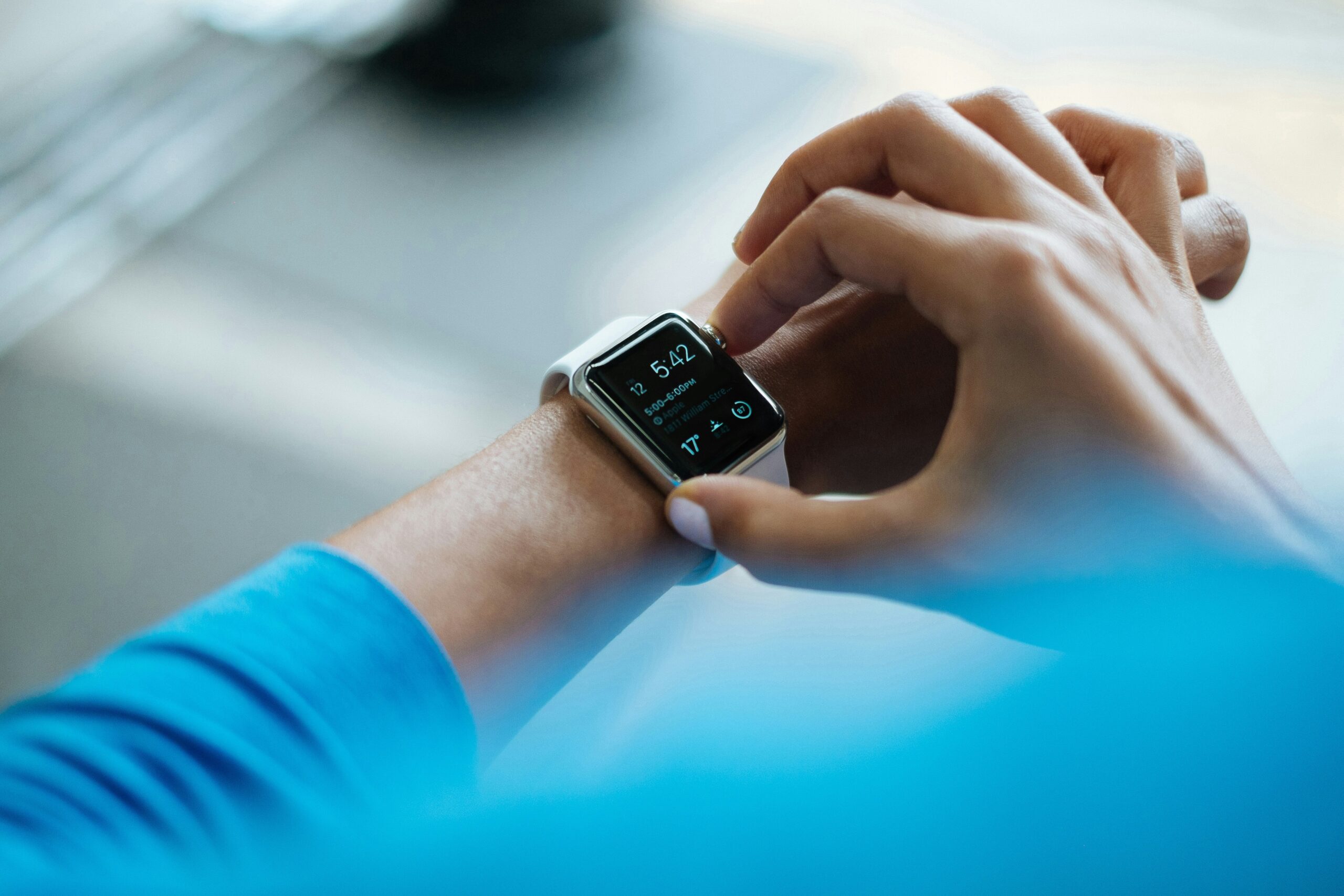Overview of Heart Rate Zones
Understanding your heart rate zones is crucial for effective training, allowing you to tailor your workouts to different levels of effort and intensity. This guide will walk you through the process of determining your max heart rate and calculating your training zones.
Calculate Your Max Heart Rate
Simple Formula:
220 – Your Age
To estimate your max heart rate, use the basic formula of 220 minus your age. For example, if you’re 30 years old, your approximate max heart rate would be 190 bpm. Keep in mind that this is a rough estimate, and individual factors like genetics and overall health may influence your actual max heart rate. Always consult a healthcare professional before engaging in high-intensity exercises.
More Accurate Methods
For precise measurements, consider the all-out effort test or the VO2 max test. The all-out effort test involves pushing your limits during physical activity, monitoring your heart rate with a monitor. The VO2 max test, usually conducted in a lab, measures your body’s maximum oxygen consumption during exercise.
Both tests should be supervised by a qualified professional to ensure safety and accuracy.
Determine Your Heart Rate Zones
Once you know your max heart rate, you can calculate your heart rate zones:
Zone 1 – Active Recovery (50-60% of Max)
Ideal for warm-ups and cool-downs, this low-intensity zone is great for recovery.
Zone 2 – Aerobic Training (60-70% of Max)
Moderate intensity, suitable for endurance training and fat burning.
Zone 3 – Tempo Training (70-80% of Max)
High intensity, beneficial for improving aerobic fitness and endurance.
Zone 4 – Threshold Training (80-90% of Max)
Very high intensity, perfect for interval training and increasing anaerobic threshold.
Zone 5 – VO2 Max Training (90-100% of Max)
Maximum intensity for short bursts of activity, such as sprints.
To measure your heart rate during exercise, use a heart rate monitor or take your pulse for 15 seconds, then multiply by four.

Displayed above is a screenshot capturing my heart rate zones from my most recent run/walk session. As an avid runner, I rely on my Garmin Fenix 6s pro to track and analyze my workouts meticulously. Fitness watches can provide invaluable data, including heart rate zones, pace, distance covered, and more.
How to Train in Different Heart Rate Zones
Tailoring your workouts to specific heart rate zones can enhance cardiovascular fitness. Here are tips for each zone:
Zone 1 – Easy Cardio for Recovery Days
Maintain a heart rate at 50-60% of your max, allowing for easy conversation during exercise.
Zone 2 – Long Steady Runs/Rides for Building Aerobic Base
Aim for a heart rate at 60-70% of your max, challenging but still conversational.
Zone 3 – Tempo Runs/Intervals for Lactate Threshold
Push to 70-80% of your max, making conversation challenging.
Zone 4 – High-Intensity Intervals for VO2 Max
For experienced athletes, maintain a heart rate at 80-90% of your max, limiting speech to a few words.
Zone 5 – Very Short Intervals for Maximum Effort
Engage in maximum effort intervals, suitable for short bursts of activity.
Tips for Measuring Your Heart Rate Accurately
Use a Heart Rate Monitor Strap vs. Wrist Monitor:
Opt for a chest strap monitor for greater accuracy, as it is closer to the heart.
Take Multiple Measurements and Average Them:
Your heart rate can vary, so multiple measurements help provide a more accurate average.
Properly Warm Up First:
Warm-up ensures your heart rate is not elevated due to external factors, leading to more accurate readings.
Key Takeaways
Knowing your heart rate zones allows personalized training for different fitness goals.
Test your max heart rate or estimate using the age formula.
Training in different zones enhances specific aspects of fitness.
In conclusion, heart rate zones are vital for effective training. Whether you estimate your max heart rate or undergo testing, understanding and training in different zones can optimize your workouts. Always consult with a healthcare professional before starting a new exercise program.

